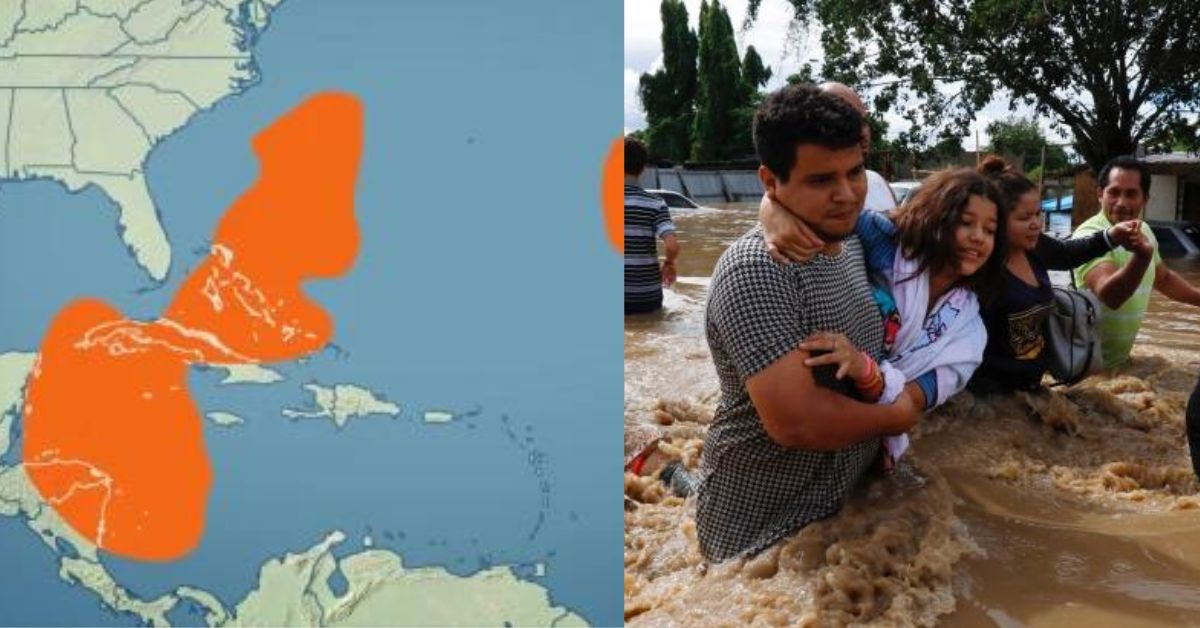November Atlantic Hurricanes 2022
Even though November hurricanes are uncommon, they do occur and may be devastating, as evidenced by the most recent and strongest storm to hit the United States in October.
In November, most people start wearing warmer clothes, scraping ice off their automobiles, and lighting fires. No one gives hurricanes a second thought, and with good reason.
According to AccuWeather’s top hurricane analyst weather forecasters , “November is not recognized for its tropical activity.” The Atlantic basin’s hurricane season officially begins on June 1 and runs until November 30.

He elaborated, “By November, the westerlies are well established across the southern U.S. and into the northern Gulf of Mexico.” These “westerlies” are the prevalent winds from the west toward the east in the middle latitudes.
“Only over the southern Gulf of Mexico and the Caribbean does a tropical system have a chance to form. There, too, high vertical wind shear can make tropical development a challenge.”
As the warm ocean waters begin to cool in November, the atmosphere in the Northern Hemisphere undergoes changes in wind shear, reducing the frequency and severity of hurricanes. The result is less optimal conditions for tropical growth.

“Sea surface temperatures have averaged above normal over the Atlantic Basin through November, and the central Atlantic has been no exception, Metrologies said. “Improved satellite coverage of the Atlantic Ocean has made it simpler to detect late-season, brief-lived tropical cyclones in the central and eastern Atlantic. One such example is 2017’s Rina.”
